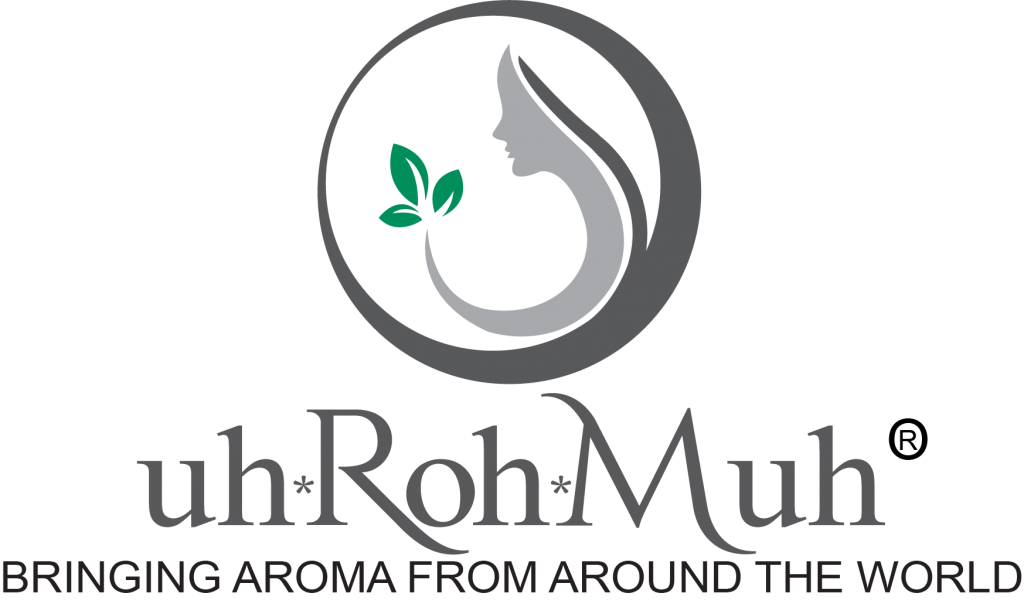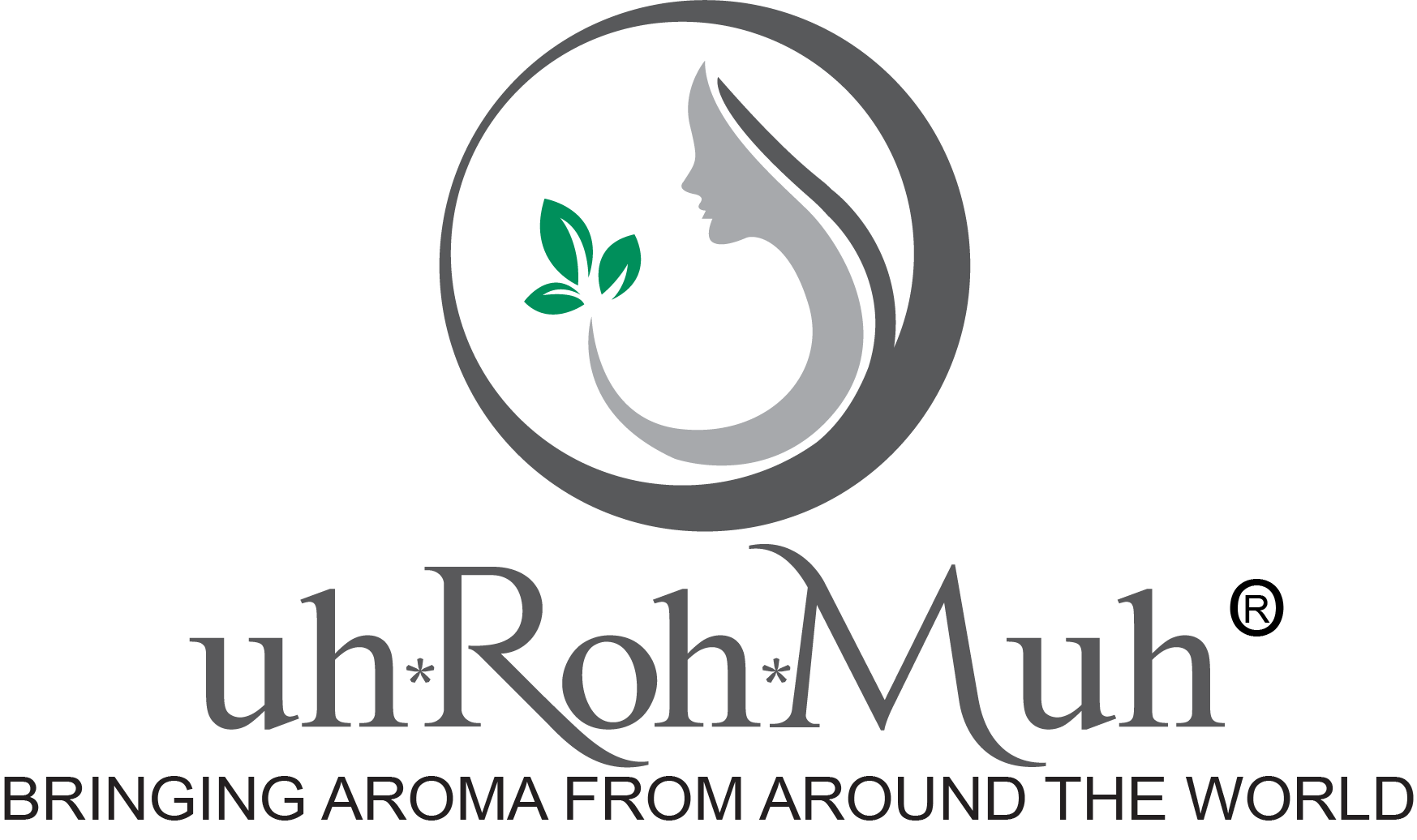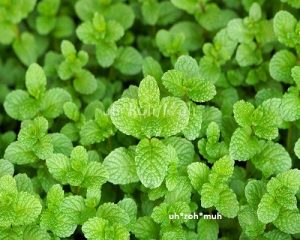Peppermint Essential Oil
Peppermint Essential Oil
Peppermint is one of the oldest known and the most versatile essential oils in the world. It has found extensive medicinal use in treating nearly every ailment, ranging from skin conditions to organ and system dysfunction. Peppermint is particularly famous for its effects on the digestive system, where it alleviates nausea and soothes the stomach.
Outside therapeutic practices, peppermint essential oil is commonly used as a flavoring for food and drinks. It’s also a regular ingredient in soaps and cosmetics.
Peppermint essential oil in history
The Peppermint herb is a flowering perennial hybrid that results from two types of mint: water mint and spearmint.
Thriving freely in Europe and North America, peppermint grows to about 35 inches tall. It’s characterized by smooth, square stems and dark green leaves, which have reddish veins, acute apices, and toothed margins. In the summer, purple flowers emerge around the stems. Peppermint is known as a fast-growing plant. Once it sprouts, it spreads very quickly.
Historically, peppermint is one of the earliest used herbs in medicine. Records trace its use to ancient Egyptian, Chinese and Japanese civilizations where it was essential in the treatment of digestion problems. In the 18th century, the plant’s leaves became widely popular in Europe as a folk remedy for respiratory infections, nausea, vomiting, morning sickness, and menstrual disorders.
Today, peppermint leaves are used in teas and candies to give them a pleasant minty taste. However, the plant’s essential oil is the reason behind its extensive cultivation in France, Japan, China and the United States. The oil is derived from the aerial parts of the flowering herb by steam distillation.
Freshly extracted oil is thin and clear, with a tinge of yellow. Its aroma is hot, rich, perfumery, herbaceous, and very minty.
Peppermint oil uses
Unlike several other herbs and essential oils, whose benefits mostly result from speculations, assumptions and traditional practices, the numerous therapeutic properties of peppermint oil have been vastly studied and proven by the scientific community.
As a result, peppermint is also used in capsule and tablet form and is often prescribed by doctors as an alternative to modern medicine.
Here is a look at some of the uses of peppermint oil.
1. Aids in digestion
People suffering from digestion problems can dilute a few drops of peppermint oil in a glass of water and drink it after a meal. The oil relaxes the muscles along the gut, stopping uneven stomach turns and spasms.
Peppermint’s carminative properties also help to remove excess gas and prevent bloating. Recent research has supported the oil’s strengths in alleviating nausea and heartburn.
2. Improves respiration
As a strong mint, peppermint is included in many respiratory treatments for its ability to open airways by decongesting the nose, throat, and chest. When inhaled, peppermint vapors provide fast relief for colds, coughs, sinusitis, asthma and bronchitis.
According to scientific studies, peppermint oil exhibits anti-inflammatory characteristics, which are useful in curing tracheal swelling caused by air-borne diseases and infections.
3. Relieves pain
Peppermint has been used as a painkiller for centuries. The herb’s essential oil is even more effective, and when applied on a problematic area, it provides relief in seconds. It is effective as a muscle relaxant and is especially helpful in soothing an aching back and sore muscles.
When massaged directly onto the forehead, its cooling nature quickly lowers the pain of a headache and reduces fever. Besides, it is a natural remedy when it comes to relieving the pain associated with teething in infants. Simply mix it with a suitable carrier oil such as coconut oil at a 1:1 ratio and rub it on the infant’s gum area.
Peppermint is also used to treat injuries by alleviating pain and minimizing inflammation.
4. Boosts the immune system
People that suffer from frequent illness and infection can benefit from peppermint’s antiviral, antibacterial and antifungal properties. Menthol, a major constituent of the oil, is resistant to many bacterial strains, including E. coli, salmonella, and staph. Clinical studies have also shown that menthol inhibits prostate cancer growth and protects the body against radiation- induced DNA damage and cell death.
Additionally, peppermint’s strength as a tonic enables it to encourage the healthy functioning of body systems and organs, and its influence on digestion promotes steady absorption of nutrients. Both of these effects positively affect the immune system.
5. Improves blood circulation
When peppermint enters the body, it immediately stimulates the nerves and pulse rate, which increases the rate of blood flow. An even circulation helps to keep body organs sufficiently oxygenated at all times, promoting their health. It also improves metabolism, cognitive function, and immunity.
Moreover, a seamless flow of blood is needed to offset neutrally degenerative conditions like Alzheimer’s and dementia, as well as the effects of imbalanced sugar levels and diabetes.
6. Oral health
The antiseptic properties of peppermint essential oil have led to its extensive use in dental care, where it helps to fight off dangerous germs, keep cavities at bay, eliminate bad breath and
induces a fresh, minty feeling to the mouth. These attributes make peppermint oil a preferred ingredient in toothpaste and other dental products.
Occasionally, dentists also prescribe peppermint tablets as a natural relief from gum inflammation and toothache.
7. Healthy skin and hair
Peppermint oil is great for the skin because it induces a cooling sensation, nourishes the surface, and improves the appearance of oily skin. It also reduces inflammation from injury or disease; and, thanks to its antimicrobial properties, it can be used to cure acne and other skin infections naturally.
Mixing it with lavender essential oil and applying it topically can cure eczema and psoriasis. It also hydrates burnt skin and relieves the pain from sunburns.
The cooling effect of peppermint also makes it useful in hair treatment, where it makes the head feel fresh while removing lice and dandruff. Its stimulating and regenerative effects help to relieve scalp irritation, encourage hair growth and prevent breakage. Increasing blood circulation to the scalp also promotes healthy hair.
8. Relieves stress and uplifts the spirit
Like many other essential oils, peppermint’s fragrance refreshes the mind and body, fighting negative feelings and emotions, anxiety, restlessness, and depression. Inhaling peppermint oil before a cognitive task also stimulates mental activity and improves concentration.
In addition, the influence of peppermint on one’s mood makes it useful in offsetting emotional side effects of menstruation and menopause in women.
Contraindications
Peppermint is typically safe when used on the skin, and ingested in the amounts found in food, drinks or candy. However, large doses may cause heartburn, mouth sores, flushing, and headaches.
Peppermint’s stimulating effect on the circulatory system can interfere with how other medications are utilized in the body, by causing more of the drug to stay in the bloodstream. If you’re on any prescribed medication, seek expert advice before using peppermint.
Studies show that regular use of peppermint oil increases the rate of glucose breakdown in the body, and may, consequently, be problematic if you have low blood sugar or hypoglycemia.
Disclaimer
These statements have not been evaluated by the Food and Drug Administration. This product is not intended to diagnose, treat, cure or prevent any disease. If you are pregnant, nursing, taking medication, or have a medical condition, consult your physician before using this product.




You must be logged in to post a comment.